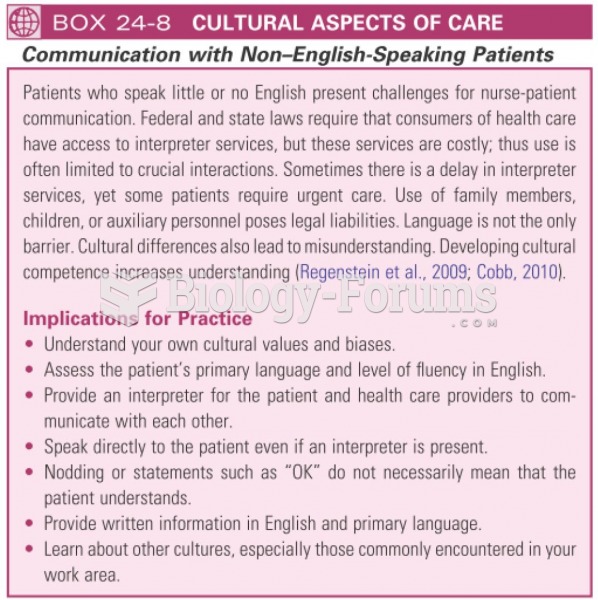Answer to Question 1
T
Answer to Question 2
Organizational culture can be variously defined depending on the theoretical assumptions of the definer. One perspective of culture is that it is a pattern of shared basic assumptions that a group learned as it solved its problems of external adaptation and internal integration and which has worked well enough to be taught to new members as the correct way to perceive, think, and feel in relation to these problems. This view assumes that culture exists outside of the participants and their communication patterns. Another perspective of organizational culture is that it is created and reproduced through the communication practices of its participants with an expansive view of what constitutes communication: symbols; artifacts, such as company logos and accepted employee dress; and structural elements, such as office layout and design. Regardless of the perspective applied to defining the phenomenon, an organization's culture determines what it can and cannot do, and to the extent of individual members' socialization into that culture, it determines what they can and cannot do.
In other words, organizational culture affects the type, amount, and quality of communication that is generally accepted within an organization. The culture of a business provides part of the context for interpreting the meaning of everyday organizational life, as well as determining what are considered appropriate messages, the proper or expected ways to convey them, and to whom.
The culture of business can be characterized as typically having a bias toward action, a demand for confidence, and a results orientation. The culture of business can be seen in everyday office interactions. Being knowledgeable about an organization's culture can help you gauge the type and quality of communication that takes place as well as whether you are a good match with an organization.







